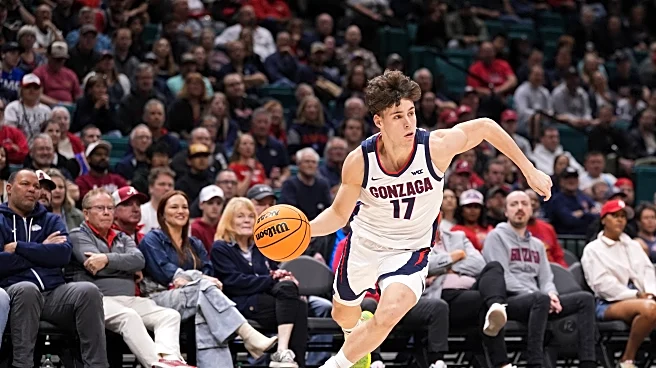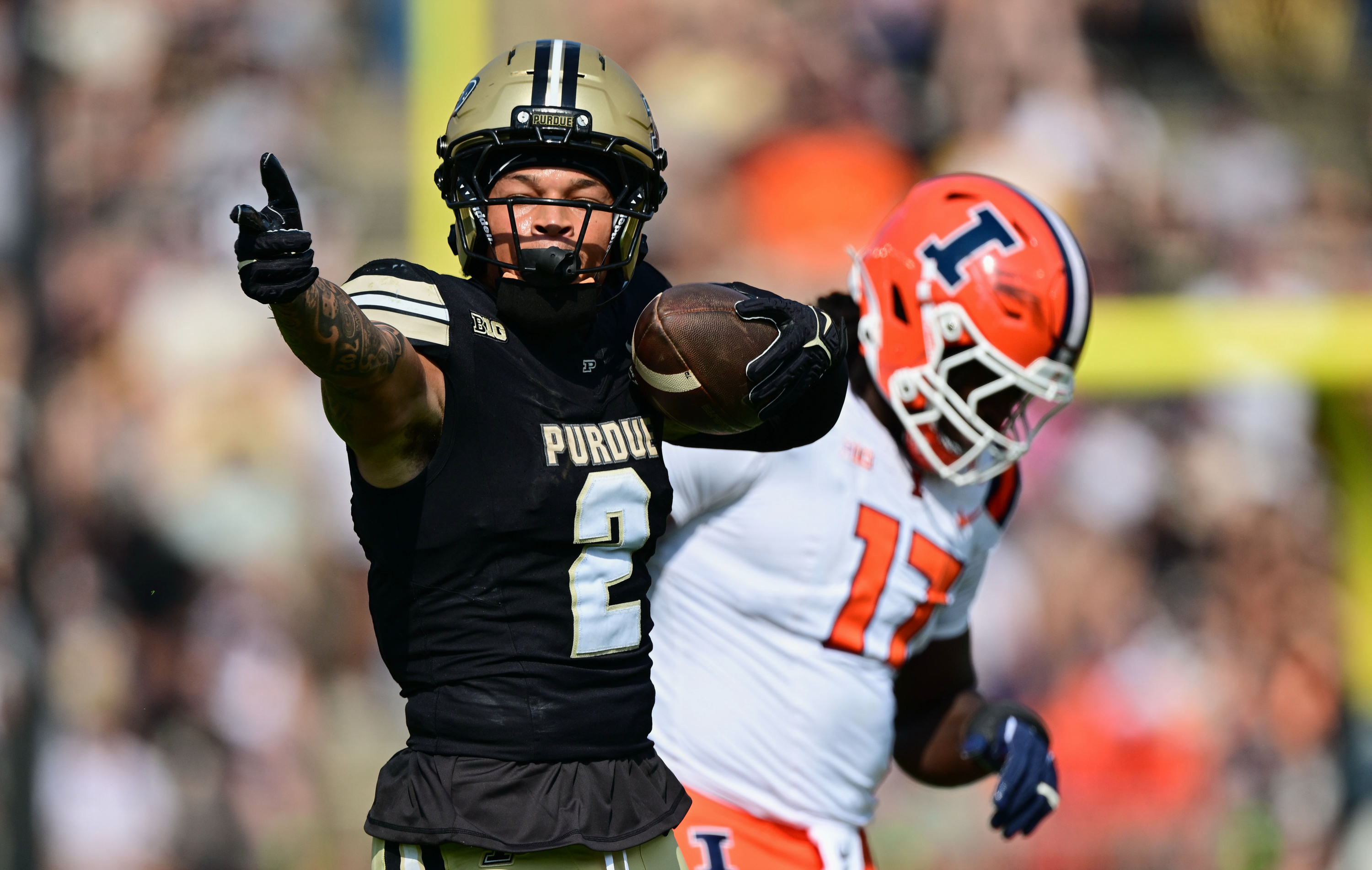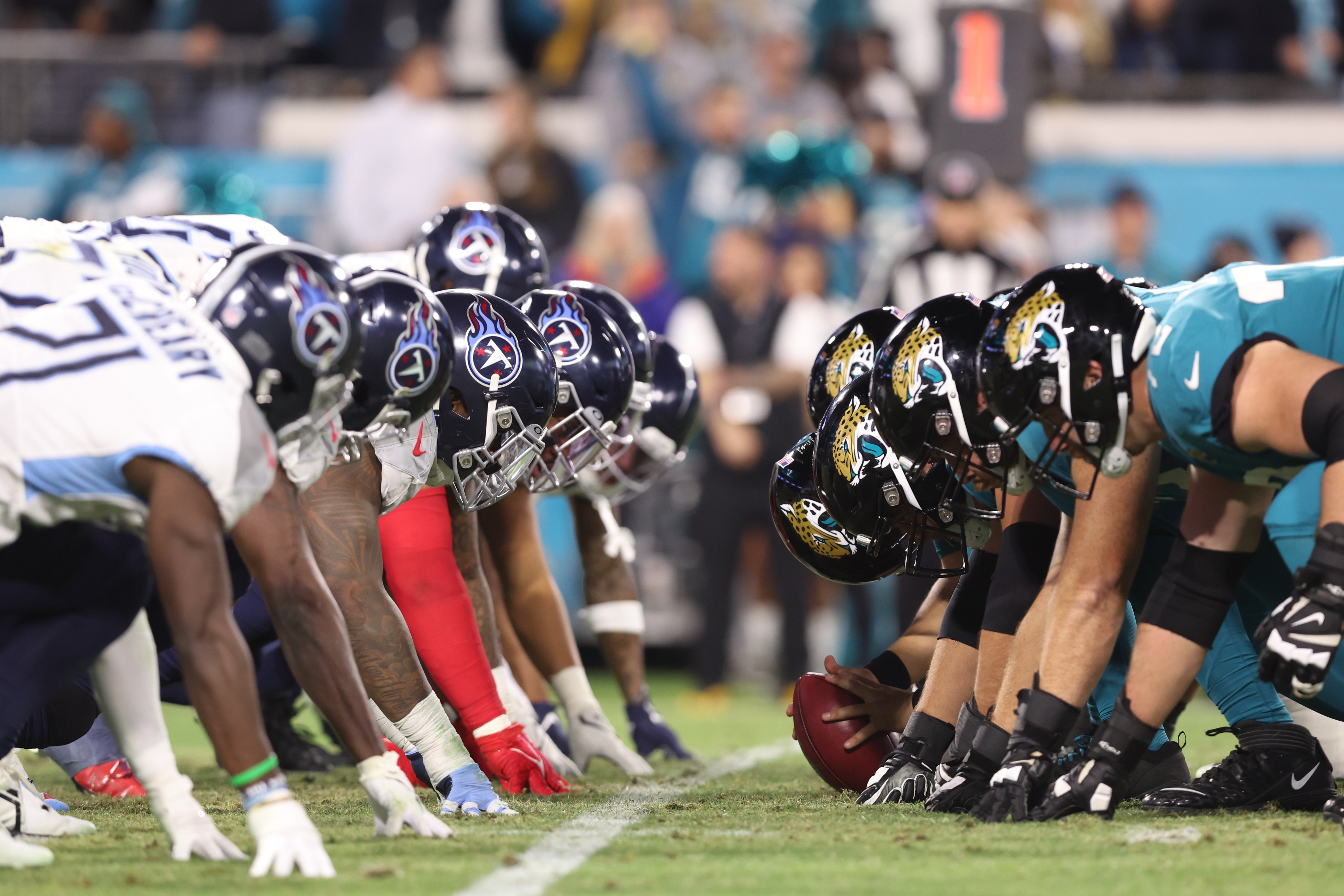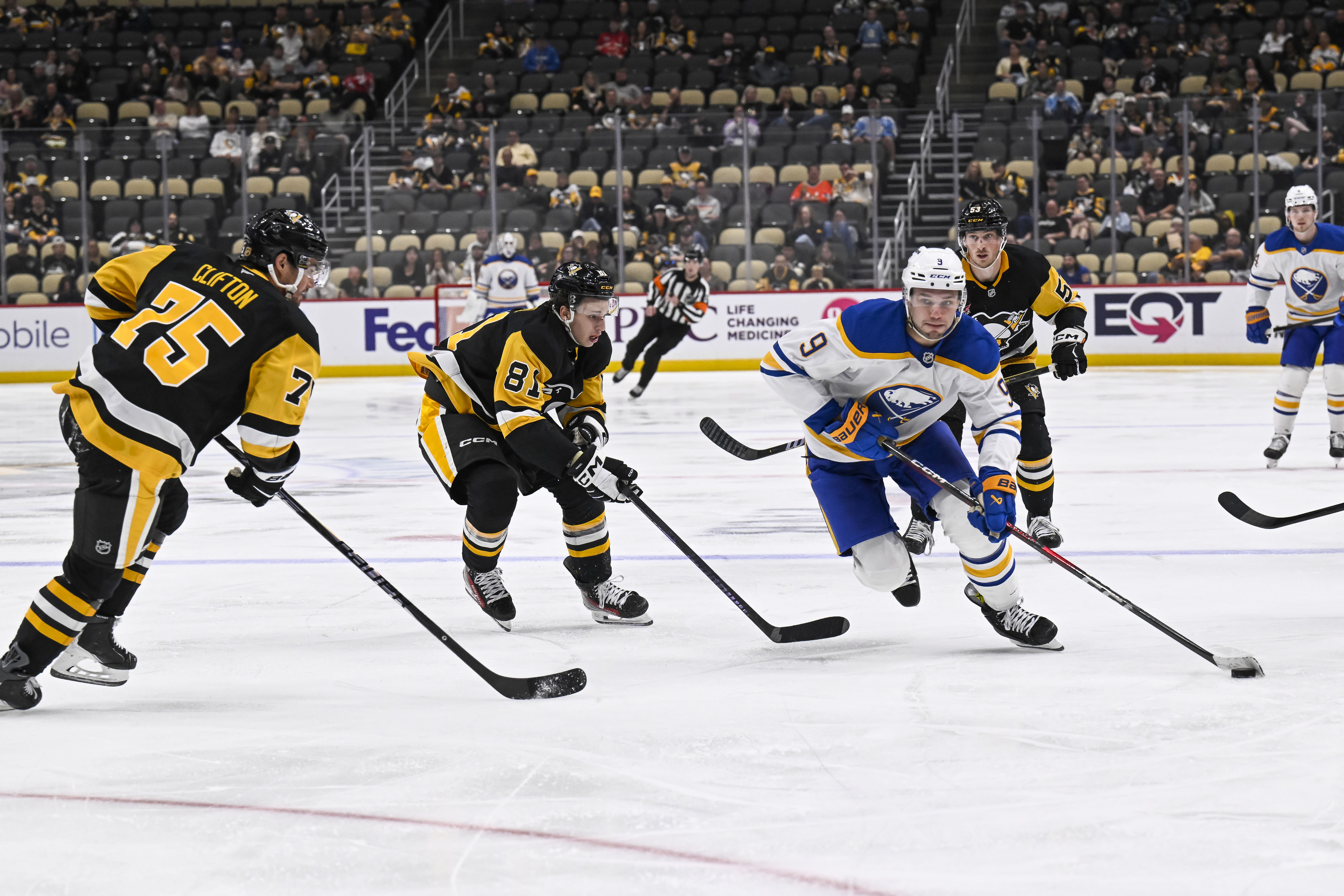Tonight’s Players Era Championship game in Las Vegas delivers the best matchup of the young college basketball season season so far: No. 12 Gonzaga vs. No. 7 Michigan, with a $1 million NIL prize on the line
for the winner’s war chest. Gonzaga arrives to the matchup following a 39-point drubbing of the Maryland Terrapins on Tuesday, a performance that showcased their spacing, tempo, and surging defensive confidence. Michigan reaches the title game looking every bit like a top-10 machine under Dusty May, rolling past Auburn by 30 (102–72) yesterday, one day after a 40-point win over San Diego State. As stressful as the Alabama game was earlier in the week, Michigan is no joke. They’re big, experienced, physical, and playing with a level of control that’s unraveled every opponent they’ve faced this season.
For a week that has already delivered plenty of marquee showdowns, this one stands alone. Two unbeaten teams, two elite coaches, and two groups peaking at the right moment. Make no mistake, Gonzaga/Michigan is the premier game of the college basketball season so far.
Meet the Wolverines
Michigan enters the title game ranked No. 4 in KenPom, built around the nation’s No. 1 defense and a frontcourt that feels engineered in a lab to test Gonzaga’s interior depth. They bring real size, real rim protection, and real balance, with nine players clearing 15 minutes per game and no one carrying a usage load north of 28 minutes per game. It’s one of the deepest rosters Gonzaga will face this season, and the minutes distribution shows how May wants to operate: fresh bodies, endless length, and a physical style that compounds over forty minutes.
Everything starts with the front line. Yaxel Lendeborg, a 6’9” forward with pro-level instincts, anchors the group with 15.3 points, 7 rebounds, and 3.3 assists per game on 60% shooting, and he plays like a matchup-proof team leader who can score, pass, screen, and clean up plays that stall. He’s paired with Aday Mara, the 7-3 UCLA transfer whose combination of touch, timing, and reach completely changes how teams attack–or fail to attack–the paint. Mara’s averaging 9.7 points and 9.5 boards while shooting 63.4 percent, and every possession around the rim tilts in his direction. Lendeborg is extremely good at basketball while Mara is pretty good at basketball and also 7’3”.
The challenge grows on the wing with Morez Johnson Jr. (6’9″), a hybrid forward producing 13.5 points and 6.8 rebounds on 64% shooting, which means Michigan essentially rolls out three frontcourt players who hit 60 percent of their shots and punish mismatches through size and force. They put up a lot of shots, grab a lot of rebounds, push the pace aggressively, and move the ball inside-out expertly. Gonzaga hasn’t faced a trio like this yet.
Across their blowout wins the last two days, Michigan posted back-to-back rebounding margins of 51–35 vs. Auburn and 49–34 against SDSU, giving themselves a runway of extra possessions that kills any opponent trying to play them even in the halfcourt. Add in the spacing—they can shoot at every position—and their ability to clog driving lanes without losing discipline, and you get a defensive structure that forces teams into late-clock jumpers they don’t want.
For Gonzaga, navigating this matchup becomes a puzzle about rotation balance. They’ll need enough size and physicality on the floor to survive the glass, but enough scoring and pace to pull Michigan into space. May’s team controls tempo, layers help behind the ball, and extends games through fatigue. Everything Gonzaga does will depend on the right blend of defensive assignments, playmaking, and shot creation without surrendering the interior.
Three Keys to Victory
1. Control the paint without burning through fouls
Dusty May’s entire system flows from the frontcourt. Everything they do from ball screens, wedge actions, high-low seals, and weak-side duck-ins forces opponents to defend size, strength, and angles on nearly every possession. Gonzaga has handled bigs before, yet Michigan presents something different because Lendeborg, Mara, and Johnson demand contact on drives, cuts, and put-backs, which turns every rotation into a potential foul. Surviving this game requires disciplined verticality, early help, and fewer reach-ins around the rim. Huff, Ike, Warley, and Grant-Foster need to be extremely physical and extremely smart for Gonzaga to stay even on the glass, and the entire defensive plan collapses if the Zags lose frontcourt minutes to early whistles. Michigan uses those moments to pile up free throws, tighten the possession margin, and force mismatched lineups onto the court.
2. Keep the ball moving and stretch out Michigan’s anchors
Michigan’s defense is elite because it stays organized and connected in transition and in the half-court. The Wolverines shrink the floor through gap help, controlled closeouts, and perfectly timed stunt-and-recover sequences from the perimeter to the low-block. The only way to loosen that structure is through tempo variation and quick decisions in moving the ball. Gonzaga needs early offense whenever possible, plus consistent inside-out ball movement in the halfcourt. Drive, kick, reverse, slip, re-screen—whatever triggers rotations and forces the help-side defender into quick decisions. Pulling Mara away from the rim matters because it turns his length into a mobility test rather than a shot-blocking clinic, and any possession that forces Lendeborg into multiple actions increases the likelihood of breakdowns on the second or third rotation. The Zags thrive when the ball doesn’t stick, and this matchup requires that rhythm from the opening tip.
3. Win the transition battles on both ends
Michigan’s size makes them terrifying in the halfcourt, yet that same size becomes a liability when opponents force them to defend in space. The Zags can generate real advantages if they run hard off defensive rebounds, get the ball to their guards quickly, and attack the rim before Michigan’s wall is set. Even four or five clean transition possessions swing the efficiency curve. On the flip side, Gonzaga must eliminate runouts the other way. Michigan opens huge momentum swings when Lendeborg starts breaks off the glass or when Mara outlets ahead to guards who thrive in early offense. Every missed box-out, every long rebound, and every risky pass fuels those bursts. If Gonzaga keeps the transition game even—or better—then the matchup turns into a skill-versus-skill game instead of a size-versus-survival game.
Final Thoughts
Gonzaga hasn’t faced a team with Michigan’s size, depth, or defensive profile, and the physical challenge across forty minutes will demand sharper rotations, steadier foul management, and a level of discipline that absorbs Michigan’s interior pressure without surrendering rhythm on the other end.
The formula starts with dictating tempo and forcing Michigan’s frontcourt into continuous motion and quick decisions. Defensively, the Zags need to stay connected through Michigan’s high-low actions, rebound in crowds (especially from the guards and wings), and avoid the early whistles that strip them of lineup flexibility. When Gonzaga creates pace, bends matchups through spacing, and forces Michigan’s bigs to guard multiple actions, the game shifts toward the Zags’ strengths: versatility, depth, and pace.
Yaxel Lendeborg’s post-Auburn claim that Michigan has the nation’s best frontcourt injects extra juice into this matchup, and he now gets a full forty-minute test against Graham Ike, Braden Huff, Jalen Warley, and Tyon Grant-Foster. The Wolverines have looked very good so far in Vegas, but Gonzaga brings more skill on the wings, more variety in its offensive actions, and a backcourt capable of steering the game’s tempo expertly, which gives this matchup real electricity. The ingredients for a heavyweight game are all here, and whichever team controls the paint and survives the momentum swings will leave Las Vegas with a résumé-maker, a clear route toward a top-five ranking, and, by the way, an extra million dollars.
Strap in, Zag fans. It’s gonna be a barn burner.













